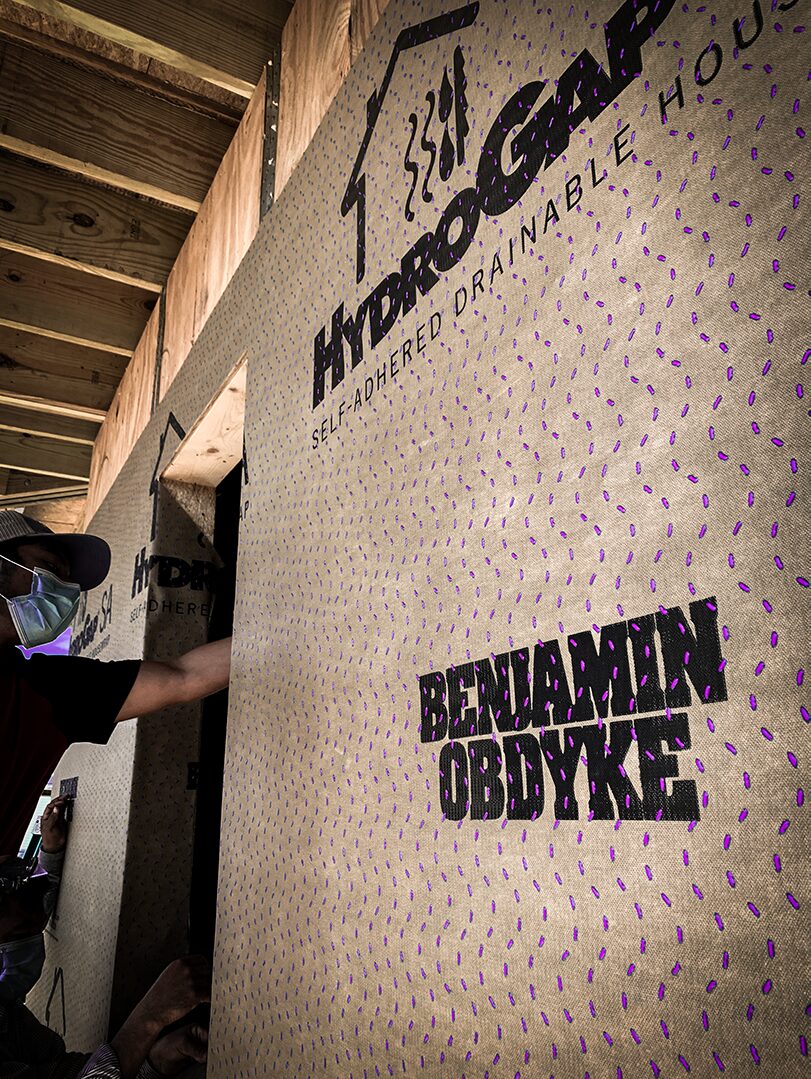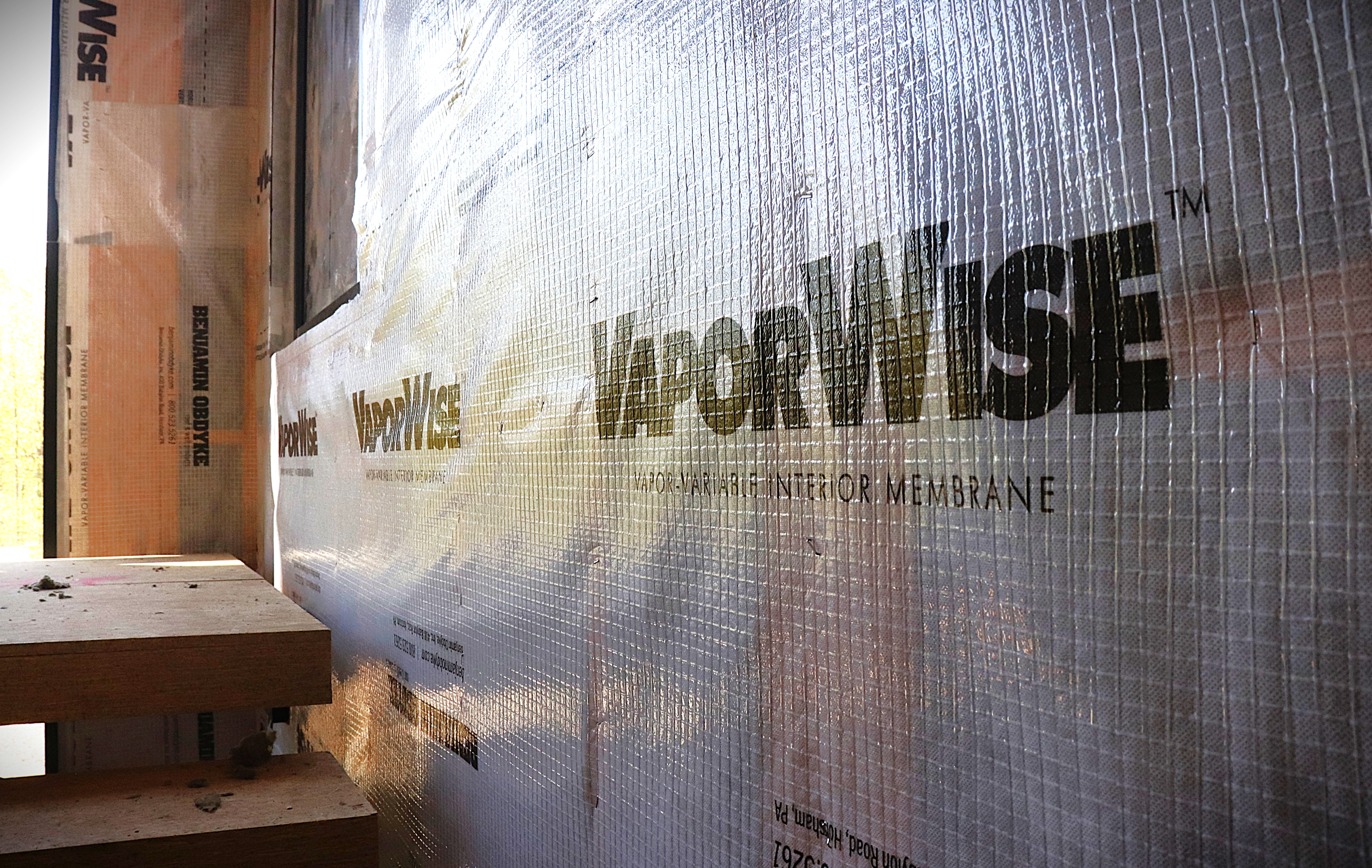As technology advances in the building industry, more products are being classified as high-performance. One product in particular that has advanced in more recent years is flashing tape. But what makes a flashing tape considered high-performance and better than others? Keep reading to find out.
The Technology
What makes a flashing tape high-performance depends on the type of adhesive technology used in the product: asphalt, butyl, or acrylic. Each type of technology is advantageous in its own way – whether that be cost, efficiency, or performance. Keep reading to see which is the clear winner.
Asphalt-based tapes were previously thought of as the go-to option because of their cost efficiency; however, the low price was also matched by the low-performance quality.
Butyl, which is made of synthetic rubber, makes it a better option than asphalt but is still not the one with the highest performance. The reason being is that butyl-based tape can crack and become brittle over time and has the potential for its physical makeup to change based on temperature.
And finally, the MVP – acrylic-based flashing tapes. This adhesive uses acrylic or methacrylic polymers, allowing it to boast increased performance characteristics and long-term stability. These characteristics make it a more reliable and high-performing option. At Benjamin Obdyke, we pride ourselves on staying on top of the newest and best technology according to building science. That’s why all of our flashing tapes are acrylic-based. Not sold yet? Here are a reasons why acrylic is the number one choice.
- Long-term bond that cures over time, meaning it can be repositionable upon initial install but will become stronger over the course of its life.
- It can be installed in a broader range of temperatures.
- Unaffected by temperature fluctuations over the course of its life.
- High cohesion rate, ensuring that it remains bonded over its lifespan.
- Does not transfer colors to other materials.
- It can be vapor permeable depending on the formula and application method.
- Available in multiple forms (tape and liquid-applied)
The Performance
The key to a high-performance flashing tape is how it performs once installed. Many acrylic-based tapes require you to apply physical pressure to the tape to create a bond. Acrylic flashing tapes are known for their high cohesion rate, allowing the tape to resist separation from the substrate when a force is applied. It’s best to apply force using a J-roller, plastic squeegee, or a related tool to press the tape into the surface. Ensuring that you’re applying enough pressure throughout the area of the tape will help make sure the bond created will lead to longevity of the product while limiting the flow of vapor and air into the building envelope.
The Features
A feature seen among high-performance flashing tapes on the market includes split release liners. This feature assists with application speed and eases positioning. You can also work with parts of the adhesive instead of the whole width reducing product waste.
Both of Benjamin Obdyke’s high-performance flashing tapes, HydroFlash GP and HydroFlash UV+, offer a split release liner depending on the size of the roll. See which one is right for your project.
It’s crucial to consider why a high-performance flashing solution is necessary for your project. These products are responsible for integrating windows and doors to your weather-resistant barrier or water control layer, playing a role in reducing failures and callbacks down the road. The choice speaks for itself when deciding which type of product is worth investing in to protect your building envelope.




